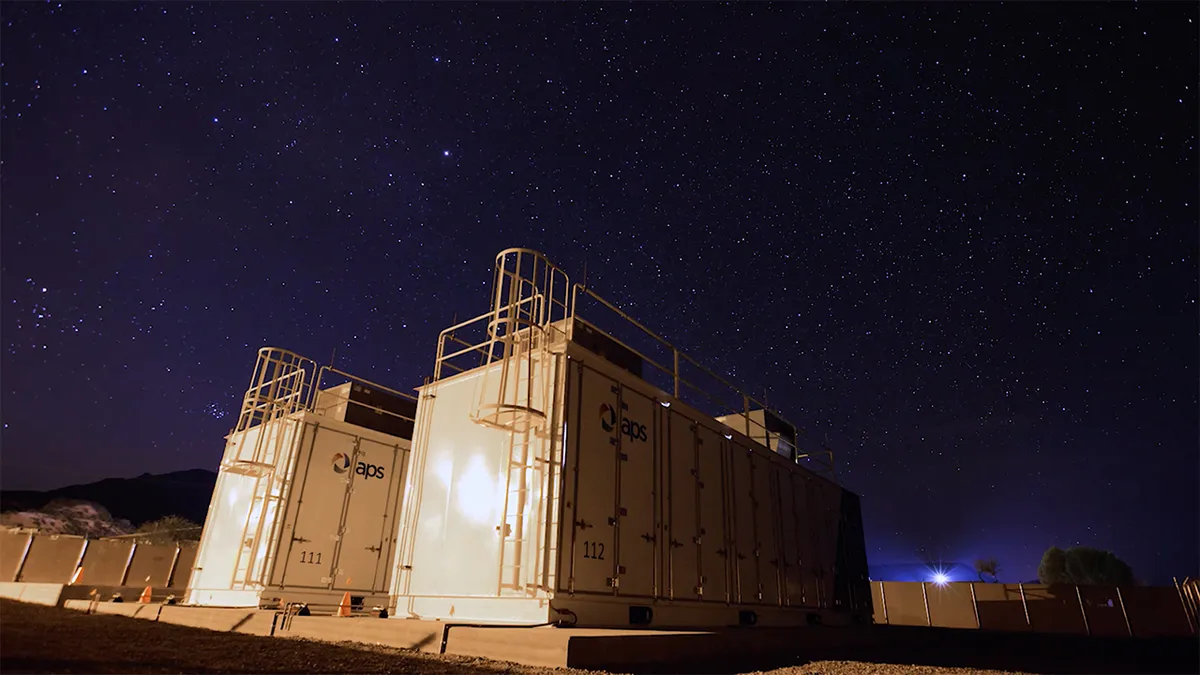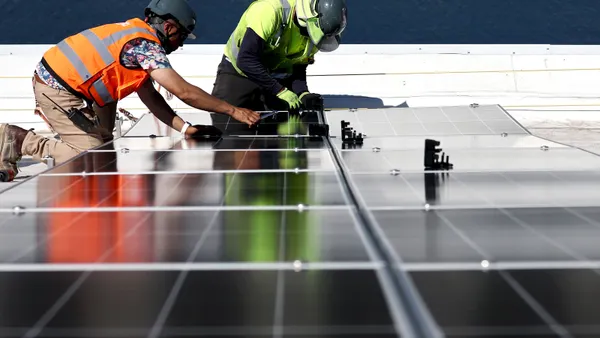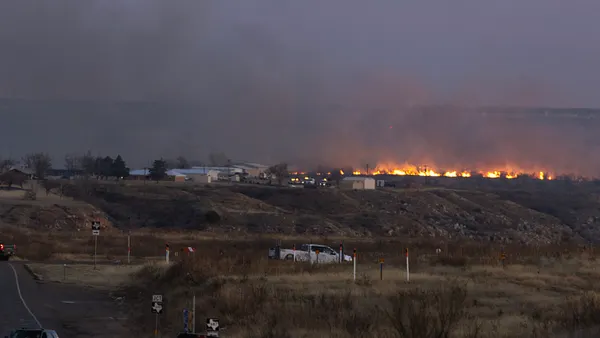Dive Brief:
- The net cost for a utility to provide resource adequacy from a virtual power plant is about 40% to 60% less than natural gas peaker plants and utility-scale batteries, a study released Tuesday by the Brattle Group and prepared for Google found.
- Deploying 60 GW of VPPs “could meet future U.S. resource adequacy needs at $15-$35 billion less than the cost of the alternative options over the ensuing decade,” Brattle’s report said.
- Adding that much VPP capacity would also result in $20 billion in societal benefits in the form of resilience and lower carbon emissions over 10 years, the study found.
Dive Insight:
The Brattle Group ran a simulation relying on real-world data from natural gas plants, utility-scale batteries and VPPs. It compared the cost and reliability of generating 400 MW of power through a VPP consisting of smart thermostats, EV chargers, smart water heaters and behind-the-meter batteries with the cost and reliability of generating the same amount of electricity through a natural gas peaker or a transmission-connected utility-scale battery.
“We picked those because they have historically been the sources of utility investment in resource adequacy,” said Ryan Hledik, an energy analyst for the Brattle Group.
Historically, natural gas-fired combustion turbines and combined cycles have served resource adequacy needs, while utility-scale battery storage is increasingly being deployed for the same reason, the report noted.
Hledik said researchers ran the simulation under challenging conditions.
“This was a system with 50% renewables and peaking conditions in the summer and the winter,” he said.
The results were encouraging, Hledik said.
“The VPP provides the same resource adequacy at a significant cost discount relative to the alternatives,” the Brattle report concludes.
The researchers’ first task, before acquiring any data, was accurately describing a virtual power plant.
“There are some definitional disparities in the industry,” said Rizwan Naveed, lead product planner for grid services at Google Nest.
The Brattle report describes VPPs as distributed energy resource portfolios that include technologies such as rooftop solar panels, smart thermostats, smart water heaters, electric vehicles, and distributed batteries, which are actively controlled by utilities.
Virtual power plants add energy to the grid either by reducing power demand through appliances like smart thermostats, or by tapping batteries that store unneeded electricity when demand is low.
Google sells wifi-connected smart thermostats that let users adjust the temperature of their homes from afar, and — in exchange for a monetary incentive — lets utilities reduce energy use when the grid is strained, giving the tech company a stake in the spread of virtual power plants and experience in managing the smart appliances that take part in VPPs.
“We have some specific expertise,” Naveed said.
The Brattle report says more virtual power plants — which also address the intermittency inherent in wind and solar power — are needed to meet increasingly aggressive decarbonization goals, which entail shuttering coal-fired power plants and adding more wind and solar power to the grid.
The report singles out several projects that fall under the virtual power plant umbrella, such as a 30 MW solar-plus-storage project in California and an 80 MW virtual power plant in Hawaii that consists of storage batteries in 6,000 homes.
The price of power from virtual power plants will continue to fall as some of the key components in VPPs, such as electric vehicles and storage batteries, grow less expensive, Brattle’s report found.














